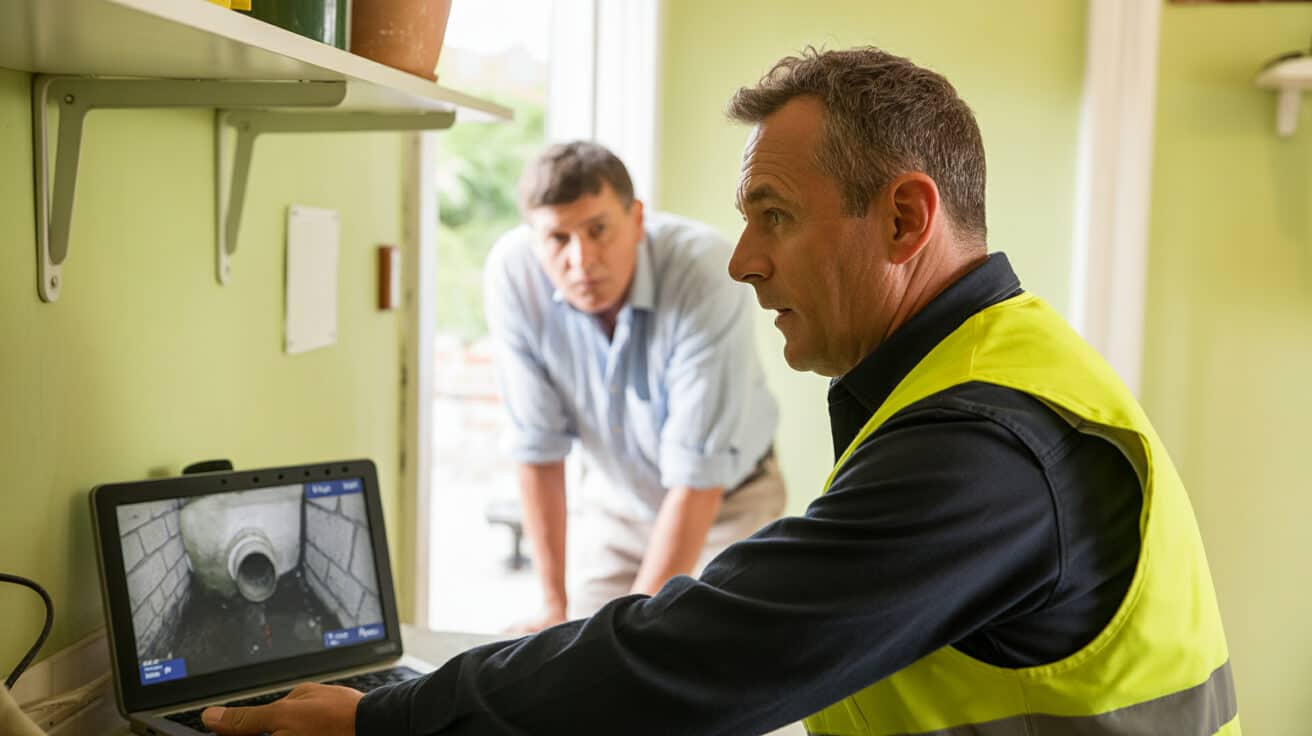 What Is a Wet Room and Is It Right for My Home
What Is a Wet Room and Is It Right for My Home
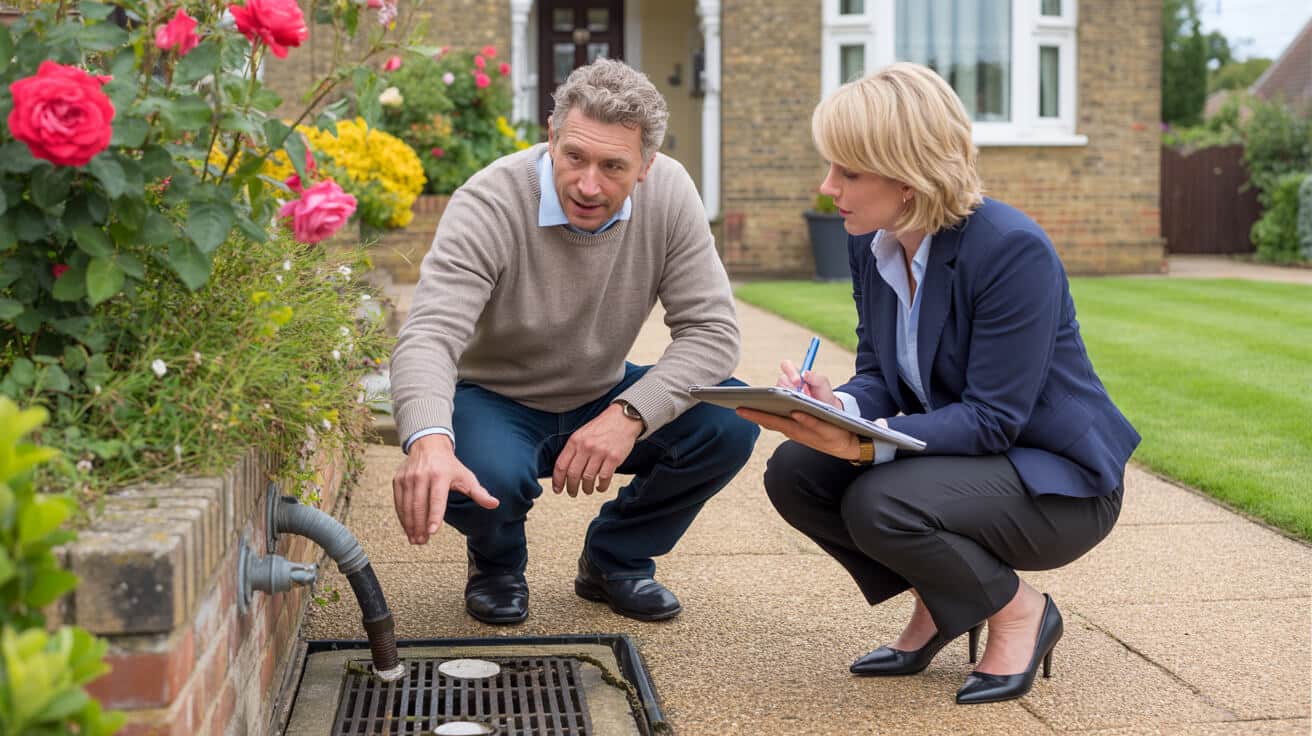
What Defines a True Wet Room—and Will It Actually Add Value for UK Homes in 2024?
Walk into a true wet room and you know the difference the moment your feet hit the floor—no stepping over trays, no glass to fog up, just a continuous, waterproof space where every detail solves a problem. In the UK, a wet room isn’t just a “fancy shower” but a completely tanked, future-proofed upgrade built to help your property sidestep both hidden leaks and accessibility headaches.
At its heart, a wet room is a full-room waterproof solution. That means every surface—under the tiles, around the drain, behind every fixture—is tanked with membranes and tapes (usually to British Standard 5385, Part G Water Regulations, and always WRAS-approved). There are no lips or ledges: floors are gently sloped toward an open drain, making puddles and future rot a thing of the past.
A proper wet room doesn’t just look clean—it keeps your structure clean for life.
Most British homes still run with tray showers and step-ins, but that “normal” comes with the familiar problems: slippery silicone, leaks at the tray edge, and never-quite-right access for children, older relatives, or rented tenants. Wet rooms fix it by design: they’re easy to wheel into with a pushchair or wheelchair, easy to clean, and dramatically reduce the parts that fail with age.
But the value isn’t just in good vibes. Insurance providers, surveyors, and letting agents increasingly flag well-documented wet rooms as risk reducers—not just for hygiene but for repairs, compliance, and long-term accessibility. The critical bit? True wet rooms are installed by WRAS, G3, or WaterSafe certified engineers—otherwise, it’s just a failure waiting to surface down the line.
How Do Wet Rooms Actually Improve Safety, Hygiene, and How You Use Your Space?

The best reason to consider a wet room isn’t style—it’s what disappears from your headache list. Risky step-ups go, hard-to-clean edges vanish, and you spend less time wrestling with limescale, leaks, or loose silicone.
Here’s how a genuine wet room rewrites your daily friction points:
- Zero-step access: The floor slopes gently to a flush drain, so wheeled aids, prams, or older relatives can move without an awkward hop ([Mobility Plus](https://www.mobility-plus.co.uk/blog/inspiration/what-is-a-wet-room/?utm_source=openai)).
- No more hidden leaks: It’s all about professional tanking—WRAS-backed kits wrap the subfloor and wall junctions, so even rowdy teenagers with the power shower can’t cause a silent disaster ([Royal Bathrooms](https://royalbathrooms.co.uk/blog/5-reasons-why-a-wet-room-is-a-great-bathroom-option?utm_source=openai)).
- Cleaning becomes a two-minute job: No boxed-in screens, no lipped trays to scrape around, just a flat surface to mop or squeegee and go.
- Damp and odour controlled at the source: The build prevents water getting trapped, meaning no more rogue patches of black mould, soggy skirting boards, or that persistent after-shower whiff.
If you’re a homeowner trying to reduce risk, a landlord tired of repair calls, or an agent looking to “wow” on viewings—these are the pain points you erase upfront. And if you back it up with slip-resistant tiles and thermostatic controls, you’re not just protecting your property, but everyone using it, regardless of age or ability.
When you take obstacles out of the way, your bathroom feels bigger—and safer—every day.
It’s not just hype: wet rooms done right are a future-ready answer to the dirty realities of British bathrooms.
Who Actually Benefits from Wet Rooms—Is It Just for ‘Designer’ Homes?

It’s tempting to think of wet rooms as aspirational or just for newbuilds, but the real demand comes from homes and properties caught between distinct needs: families growing up, relatives growing older, and modern tenants expecting more.
Spot the advantage in these common UK life stages:
- Families with young children or elderly relatives: Easy access, wipe-clean floors, and TNV2/3 thermostatic valves all mean fewer worries about slips, scalds, or accessibility.
- Anyone facing a change in mobility: What you need from a bathroom can change in a week—open layouts, strong fixings, and future-fit rails or seats mean a single room fits all.
- Landlords and letting agents: Homes with wet rooms see higher demand from renters, longer lets, and lower churn rates, because accessibility features and low maintenance are big scoreboard winners.
- Commercial and public spaces: Schools, small hotels, or managed flats gain audit-proof compliance, reduce cleaning burdens, and sidestep “trip or fall” claims.
A great wet room doesn’t just serve today—it’s insurance against tomorrow’s surprises.
So whether you’re a homeowner “future-proofing,” a landlord who wants less trouble, or a facility manager facing tough compliance checks, wet rooms are less about flash, more about lowering lifetime hassle.
What Steps Make a Wet Room Last 20 Years—And What Goes Wrong When They’re Rushed?
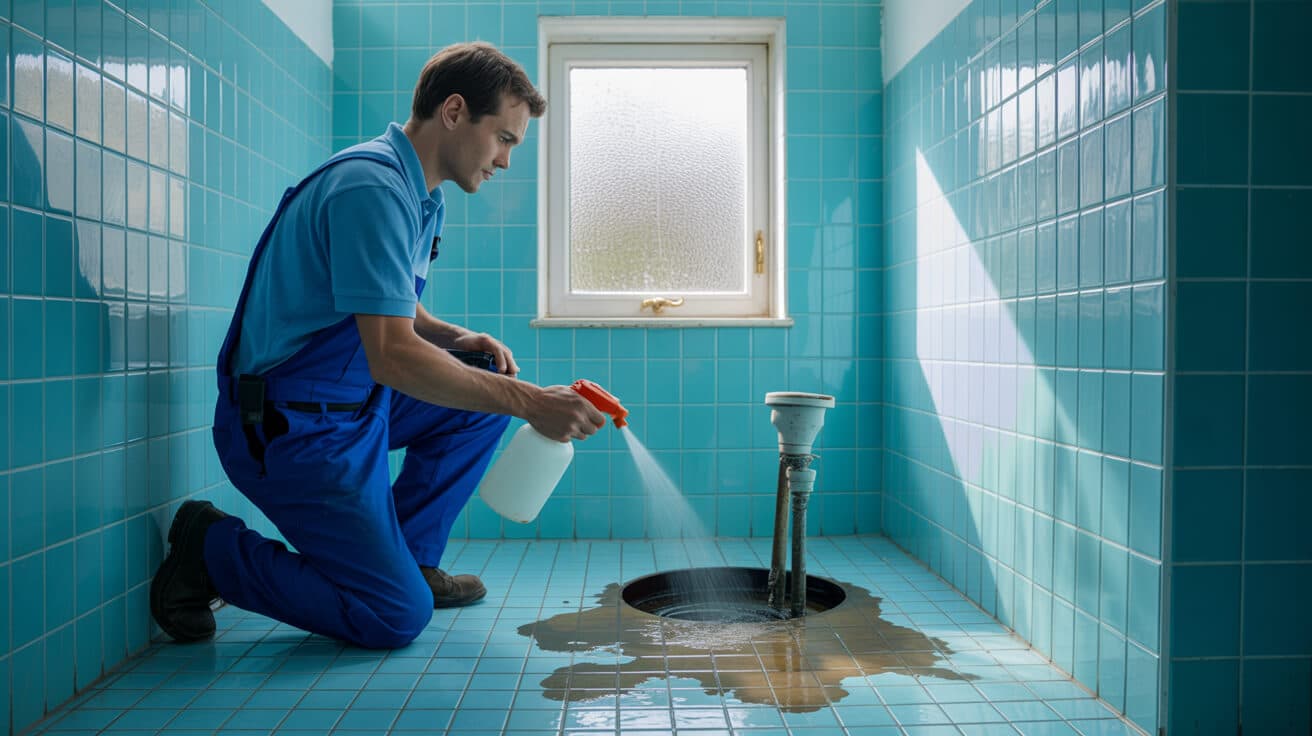
A wet room is only as strong as every invisible layer beneath the tile. What separates a fit-and-forget solution from a future leak is, every time, the patience and credentials of your installer.
The five unseen steps that define a dependable UK wet room:
- Rip out the risk: Remove old tiles, limescale, and even subfloor if spongy—any rot left behind will show up months later as a smell or a stain.
- Slope with purpose: Lay specialist boards or carefully screeded concrete to exactly 12 mm per metre toward your chosen drain location. A flat floor means puddles, which means mould.
- Tank and tape with precision: Apply WRAS-certified waterproofing—fluids, tapes, corner strips, and membrane. Don’t miss a single penetration, waste, or pipe—this is what keeps woodwork crisp for decades.
- Certified water and waste fittings: Only once everything’s bone dry do you fit WRAS or G3-approved waste, controls, and valves. This is where WaterSafe or G3 engineers earn their keep.
- Document every inch: Before-and-after photos, compliance notes, and a clear map of every valve or stop are your get-out-of-gaol-free card if you sell, let, or claim on insurance.
Rushing or skipping these steps? That’s how you trigger years of repairs or expensive insurance exclusions.
The beauty of a wet room is in the prep—done right, your kids will never know what ‘a leak’ smells like.
All the pretty tile in the world can’t hide bad groundwork; it’s the certificate and the confidence that really counts.
What Are the Rules—And Why Will Poor Compliance Bite You Later?

Wet rooms succeed or fail on compliance. Anything that touches water, drains it away, or heats it up is regulated in the UK—and for good reason: it protects not just you, but tenants, insurers, and future buyers.
Big compliance signals for a British wet room:
- WRAS/WaterSafe: For anything that connects to drinking water or mains. Only WRAS-marked taps, valves, and pipes are legal—and everything fitted must be signed off by an up-to-date WaterSafe engineer.
- G3 Certification: Unvented hot water? Legally, only G3-trained plumbers can service, repair, or instal these systems, and the paperwork must match—no certificate, no insurance.
- Building Regs (Part G): Mandates strict temperature mitigation, anti-legionella standards, and tanking methods—especially in properties with children or older users.
- TMV2/3 Mixing Valves: Required to keep outlet temperature safe, especially in tenanted or care settings.
And it all comes down to documentation. If your installer can’t produce G3, WRAS, or WaterSafe credentials with photo evidence and a clear paper trail, your “upgrade” may fail at re-let, insurance, or handover.
Your wet room is only as good as its paperwork—no proof, no protection.
Ask for those badges and certificates up front—reputable installers expect it.
What Do Wet Rooms Cost, and Where Does the Value Show Up for Owners and Landlords?
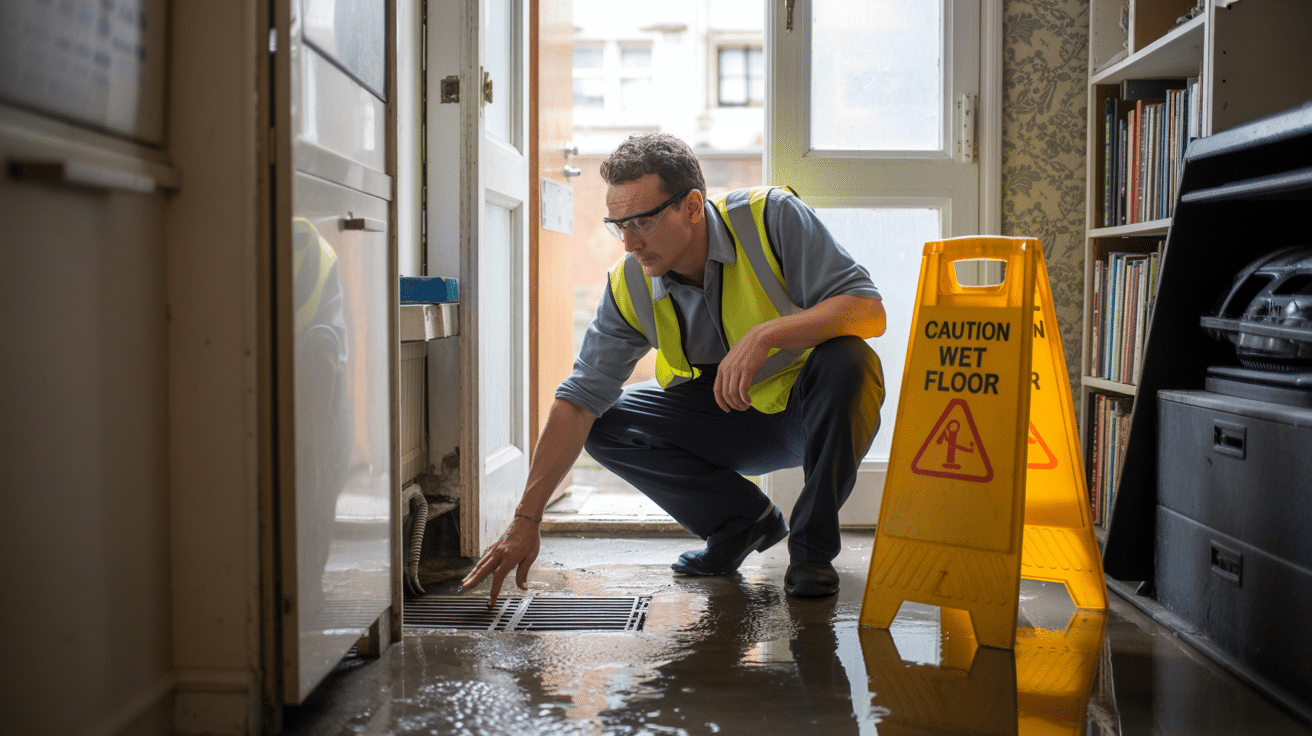
Costs for a UK wet room can stretch from £4,000 to £12,000 or more, depending on existing structure, scale, and cosmetic upgrades. But the price tag hides bigger calculations: what headaches disappear, and which risks are now built out, not in (Victorian Plumbing).
Cost drivers that matter:
- Rip-out and subfloor prep: Upgrading old timber or correcting past damp adds 10–25% but prevents the £50/week leak callout spiral.
- Full tanking and slip-proofing: The price goes up for every zone or contour waterproofed, but it’s a one-off peace-of-mind investment.
- Upgrades: Add-ons like underfloor heating, app-based stat controls, grab rails or built-in benches will add to the bottom line—but they make every demographic happy and increase rental (or resale) value.
- Paperwork and guarantees: WRAS/WaterSafe, Part G, and full itemised quotes deter cowboy builders. Landlords: documentation avoids voids at tenant switch-over.
- Every part listed: The best quotes show every fitting, finish, and zone in writing, making future repairs or re-validation simple.
The big payoff:
- Well-spec’d wet rooms add weight to property listings and *reduce both tenant turnover and complaint volume*—the two metrics that matter most to agents, portfolio landlords, and anyone planning to sell within five years.
- For families, it’s not just ease of cleaning—it’s knowing you’re not sitting on a future insurance black hole.
The best wet rooms pay for themselves in fewer callouts, less turnover, and higher sale prices.
Get every quote in writing, every credential in hand, and document the job at every phase—you’ll thank yourself a hundred times over.
Is Wet Room Maintenance Really Easier Than Classic Bathrooms?

Wet rooms make you work less for a safe, dry home. The trick is doing the basics and keeping up with annuals—no overtime, no specialist cleaning, and far fewer long-term surprises (CCL Wetrooms).
Maintenance made simple:
- Wipe and rinse: A microfibre mop or soft squeegee sweeps up daily grime. No trays, tracks, or awkward spots means no toothbrush required.
- Drain check: Once a week (or after multiple hair-wash sessions!), lift the drain cover and clear out fluff and hair.
- Look out for grout or seal wear: Especially around drains and stress points—spotting a patch now means a quick fix, skipping a year could mean a waterlogged floor.
- Annual once-over: Book a warranty check or inspection. Your installer checks tanking, isolation valves, and keeps documents up to date—essential for insurance or future moves.
Leaving things for years? That’s where wet rooms, like any system, can let you down. But with minimal weekly input and reliable annuals, maintenance beats the old grout-and-silicone battle every time.
Clean and dry stays easy when there’s nowhere for water to hide.
This is why landlords, agents, and busy families are making the shift—ease of use, clarity for tenants, and a simple playbook for any property manager.
Why Should You Trust Plumbers 4U to Deliver the Wet Room (and Paperwork) That Lasts?
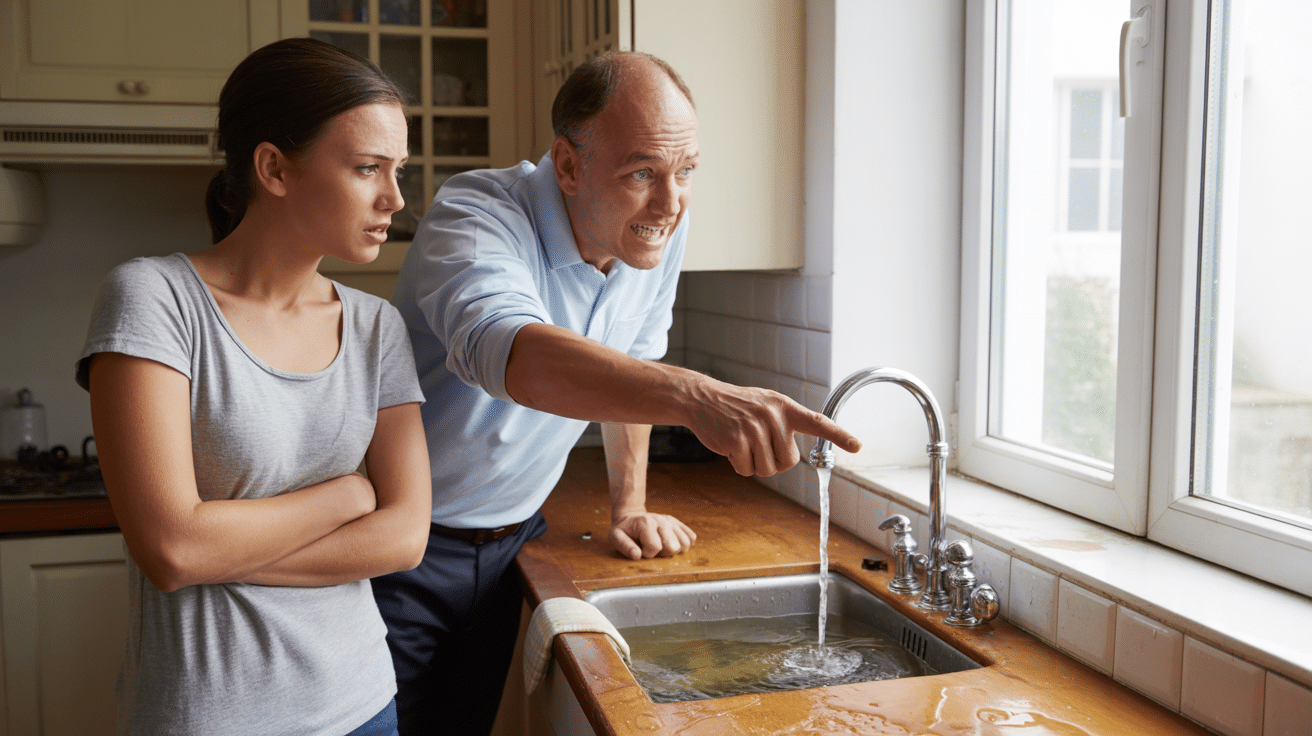
Choosing the right engineer for a wet room isn’t about a fancy logo or a “lowest bid” mentality. It’s about betting your property (or portfolio) on a reputation for doing every invisible step right, locked in by real paperwork.
Here’s what sets Plumbers 4U apart for UK wet rooms:
- Relentless compliance: Every plumber is WRAS, G3, and WaterSafe trained and CPD-active. We’ll show you our badges before we touch a tile and document the process with photos and certificates as standard.
- Transparent, stepwise quoting: Get a full itemisation—every membrane, fitting, and cable cost visible, and every “upgrade” is explained, not upsold. No guesswork, no sudden add-ons.
- Aftercare designed for families and landlords: Your warranty isn’t a formality—it’s a promise. Free annual check-ins, emergency callouts, and quick digital document access if you need proof for insurers, tenants, or buyers.
- Audit-proof documentation: If you want frictionless insurance, resale, or letting, you’ll need all certificates and before/after job sheets close to hand. We supply them, proactively.
- No-upgrade upselling and real-world advice: We walk you through system logic and future checks, help you understand isolation, and proactively identify tail risks—like those one-in-a-thousand underfloor leaks, so you’re never caught off guard.
A wet room you can trust is the one with zero shortcuts and paperwork ready for any inspector.
With Plumbers 4U, you don’t get a “tick-box upgrade”—you get a safer, faster, stress-proofed bathroom that pays you back with certainty.
Arrange a Professional Survey—And See How Simpler, Safer Upgrades Start
Is a wet room right for your home or property portfolio? There’s only one way to know—get a survey from engineers who treat every corner, drain, and fitting as if it’s for their own families.
Plumbers 4U offers no-nonsense, zero-obligation surveys for homeowners, landlords, property managers, local authorities, and agents across the UK. We’ll show you where the risks are, where costs can be saved, and what upgrades make sense for your space. You’ll receive a detailed quote, compliance pathway, and a realistic, all-in project plan.
A survey today is the difference between a property that stands proud—and one that needs fixing every winter.
Stop gambling on quick fixes and see what meticulous, regulation-anchored work feels like—built to work, built to last.
Contact Plumbers 4U and make your upgrade move with the certainty, documentation, and service your home deserves.
Frequently Asked Questions
How do wet rooms unlock real long-term value for UK property—where do most owners underestimate the upside?
Wet rooms deliver durability, step-free access, and compliance advantages traditional bathrooms can’t offer, driving up both liveability and property worth.
Wet room installations open the door for future-facing lifestyles—think family members with changing mobility, home buyers demanding accessibility, or rental properties looking to attract top-tier tenants. Their true impact isn’t just visual modernity but open-plan movement that eliminates thresholds and reduces accident risks for all ages. In a 2023 study by Hamptons, homes advertising “fully certified wet room” fetched up to 16% more interest from buyers aged 40+ compared to standard bathrooms. Even letting agents flag them as a differentiator for HMO licencing, especially when supported by annual compliance evidence.
Homes that adapt with their owners avoid becoming obsolete—and UK wet rooms translate that principle into higher value and lower day-to-day stress.
WRAS-approved systems, Part G-compliant instal, and pro-level tanking don’t just defend against leaks or rot but prove a property’s quality in home surveys, insurance claims, and mortgage assessments. This foundation also means you’ll have a strong resale storey years later—with paperwork and performance that outlasts passing trends. Careful records from day one (installer certificates, drainage test results, annual maintenance logs) provide a credibility advantage when competition for buyers and tenants heats up.
What specific long-term benefits can UK owners gain from wet rooms?
- Lifetime accessibility refits for ageing-in-place or changing needs
- Stronger buyer/tenant demand and higher property evaluations
- Simpler assurance for insurers and mortgage lenders
- Reduced cleaning and maintenance effort—even as household routines evolve
Where do most wet room failures actually start—and what paperwork or prep prevents lasting problems in UK homes?
Small installation shortcuts and lack of documentation are the most common roots of major wet room issues; the real headaches often show up years down the line.
Too many UK installations skip robust subfloor reinforcement, miss full-tanking coverage, or use the wrong adhesives and membranes not recognised for mains water protection. Structural rot, persistent damp, and even electrical faults can then appear, especially in older timber-floored homes. But it’s incomplete paperwork—no photo evidence, missing WRAS or G3 certificates—that blocks insurance payouts and legal recourse when things go wrong. According to the ABI, over a third of water damage claims linked to wet rooms are rejected due to “inadequate documentation or unapproved products” (ABI, 2023).
A missing certificate can do more damage than a crack in the tiles—paperwork proves quality, protection, and diligence for years after instal.
Landlords face especially stark consequences: letting agents and mortgage lenders increasingly require installer-signed Benchmark booklets, annual checks, and WRAS/G3 proof as a condition of tenancy or lending. Even owner-occupiers risk devaluation or warranty denial without them. The short version? Insist your installer hands over every test result, approval, and a digital photo log—and store these alongside your deeds and insurance policy.
What checks head off major setbacks before they start?
- G3 and WRAS certificates supplied at handover
- Pre-handover drainage and pressure tests logged
- Photo and maintenance records filed safely for the property’s life
- Confirmation of compliant waterproofing methods on all documents
What hidden costs or ongoing commitments catch UK wet room owners by surprise—and how can these risks be sidestepped early?
Wet rooms require not just careful up-front spending but a plan for regular maintenance, paperwork, and upgrades—areas where corner-cutting often backfires.
It’s not unusual for first-time wet room owners to be tripped up by unexpected costs: strengthening a timber floor, upgrading extraction for high-moisture environments, or installing drainage to exacting falls. Less visible but equally critical are the annual commitments—scheduled maintenance visits, system checks for warranty and insurance renewal, and keeping records up to date to prove all work meets WRAS or G3 specs. In a 2024 survey of UK insurers, more than 60% required evidence of annual water-tightness checks to maintain full cover.
A thriving wet room is never ‘fit and forget’—it responds to daily wear, changing routines, and even new regulations as years pass.
Failing to budget for annual inspections or future compliance upgrades can lead to warranty breaches, denied claims, or costly water damage repairs. The best outcome comes from transparent quotes (covering every major instal and upkeep item), planned reminders for aftercare, and a single file with all paperwork. Plumbers 4U offers scheduling tools for annual checks, proactive alerts if regulation standards shift, and clear upgrade roadmaps so you’re never stuck.
Which costs and commitments must UK wet room owners plan ahead for?
| Phase | Hidden Cost | Ongoing Duty |
|---|---|---|
| Pre-instal | Floor strengthening, venting | Installer compliance checks |
| Installation | Advanced materials, sloping | Drainage, water testing |
| Post-instal | Scheduled annual reviews | Certification and insurance upkeep |
| Ownership cycle | Upgrades for new standards | Digital record-keeping |
Why do credentials, compliance, and the right installer determine wet room reliability—how do UK regulations actually protect owners?
Every detail of a wet room—from membrane to final handover—needs to meet strict UK regulations or it risks being a hidden liability.
Building Regulations Part G covers water supply and drainage, G3 concerns hot water systems, and WRAS certification ensures parts meet safety basics for porcelain, pipes, and fixtures. But compliant paperwork is what turns passing a survey into a guarantee for insurance, landlord checks, and asset valuation. Property owners have lost claims and lettings due to missing WRAS/G3 evidence, with insurers pushing back on “unverifiable works.” WaterSafe or Benchmark sign-off from a WRAS/G3-qualified installer protects against this; it’s mandatory for HMOs, and soon to be a baseline for many new-builds.
Property professionals recommend asking to see: WRAS certificates, G3 licences, instal photographs, and the installer’s benchmark/WaterSafe ID for every job. Plumbers 4U automatically logs and stores these records for you, which means you’re always audit-ready—whether for regulatory inspections, selling, or re-letting.
A wet room is only as secure as its paperwork trail—regulation is your protection, not admin for admin’s sake.
What compliance steps keep wet rooms in the clear—and why do they matter?
- Full WRAS/G3/Part G sign-off, recorded and retained
- Benchmarked instal log with before-and-after photos for every job
- WaterSafe or similar certification attached to tenancy or resale pack
- Scheduled reminders set for annual reviews or recertification
How do top-performing wet rooms stand up to the real world—what habits and routines set lasting instals apart?
Wet rooms serving busy, multi-generational households are only as successful as their routine; the right upkeep locks in safety, hygiene, and property value for years.
The best wet rooms combine robust surface choices (slip-resistant tiles, seamless grout), channelled drainage, and effective extraction—all set out so weekly cleaning, quarterly inspections, and annual compliance checks can be run without extra training. In 2024, renters and homeowners put “effortless maintenance” in their top three priorities for bathroom refurbishment, ahead of “wow factor” finishes. In student and care accommodation, routine checks (grout, ventilation, drainage clear) keep rooms usable, compliant, and marketable for years longer than non-specialist instals.
In a great wet room, maintenance becomes almost invisible—built into the flow of family, work, and downtime.
It’s smart to appoint a “wet room monitor”—a designated team member or household lead who checks for unusual changes, schedules aftercare, and logs evidence. Pro fitters like Plumbers 4U hand over plain-English routines, update care instructions with regulation changes, and offer direct support for quick diagnostics—so you never have to second-guess when to act.
Which routines separate enduring wet rooms from those that fall short?
- Weekly cleaning and visual checks—surface, sealant, grouting
- Monthly ventilation and drainage spot-checks
- Annual compliance and insurance paperwork reviews
- Repairs actioned at the first hint of slowing drains or smells
What unique advantages do Plumbers 4U offer UK wet room owners—and how can you move from complexity to confidence?
Plumbers 4U does more than just fit wet rooms—we provide full-circle support that future-proofs investments and navigates every compliance demand without drama.
While many companies complete the instal and disappear, we combine G3, WRAS, and WaterSafe accreditation with digital documentation, photo logs, and reminders for reviews. Each property gets a unique aftercare roadmap, so owners, managers, and even letting agents can relax knowing regulatory shifts or insurance queries won’t catch them unprepared. Whether you’re planning a one-off refurb, managing a residential block, or seeking long-term resilience in your family home, we offer a proactive partnership.
Our engineers walk you through user guides, explain every certification, and keep channels open for follow-up support—delivering transparency and real-world results. This is why asset managers and landlords regularly endorse Plumbers 4U for ongoing property management, not just instal quality.
True confidence is knowing your wet room is protected at every stage—by expert service, transparent paperwork, and a team who’s always on hand.
Schedule a property survey with Plumbers 4U today to see how our certified instal teams, scheduled compliance checks, and digital asset tracking ensure your bathroom investment never falls behind the curve.
Which Plumbers 4U advantages pay off year after year?
| Expertise Layer | Direct Payoff |
|---|---|
| Certified design/installation | Insurance & compliance from day one |
| Digital docs & photo logs | Proof for claims or resale |
| Ongoing reminders, aftercare | Fewer surprises, smoother re-letting |
| Fixed pricing & clear quotes | Eliminate unpleasant financial shocks |
| Real-time support, plain advice | Streamlines maintenance and user updates |


